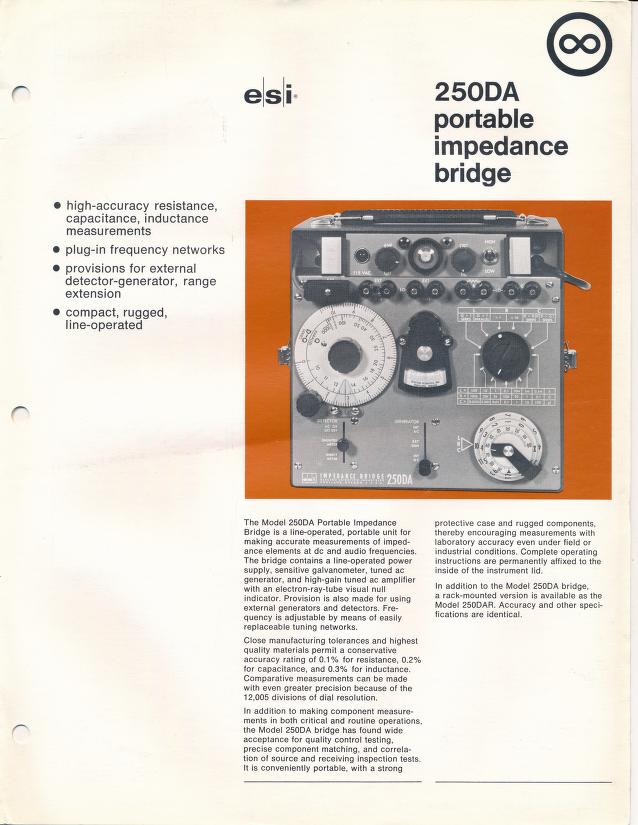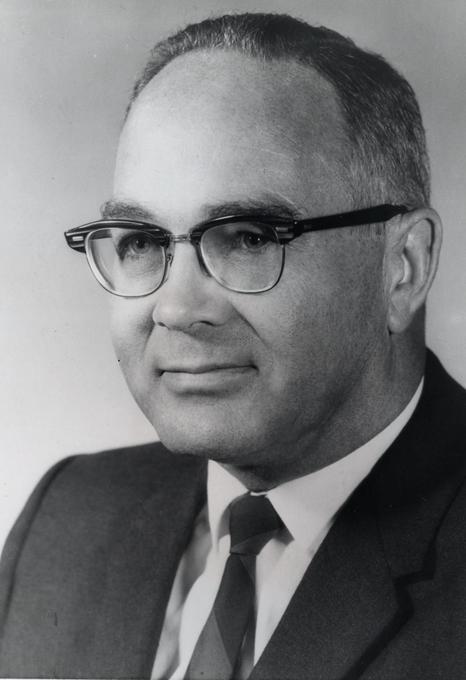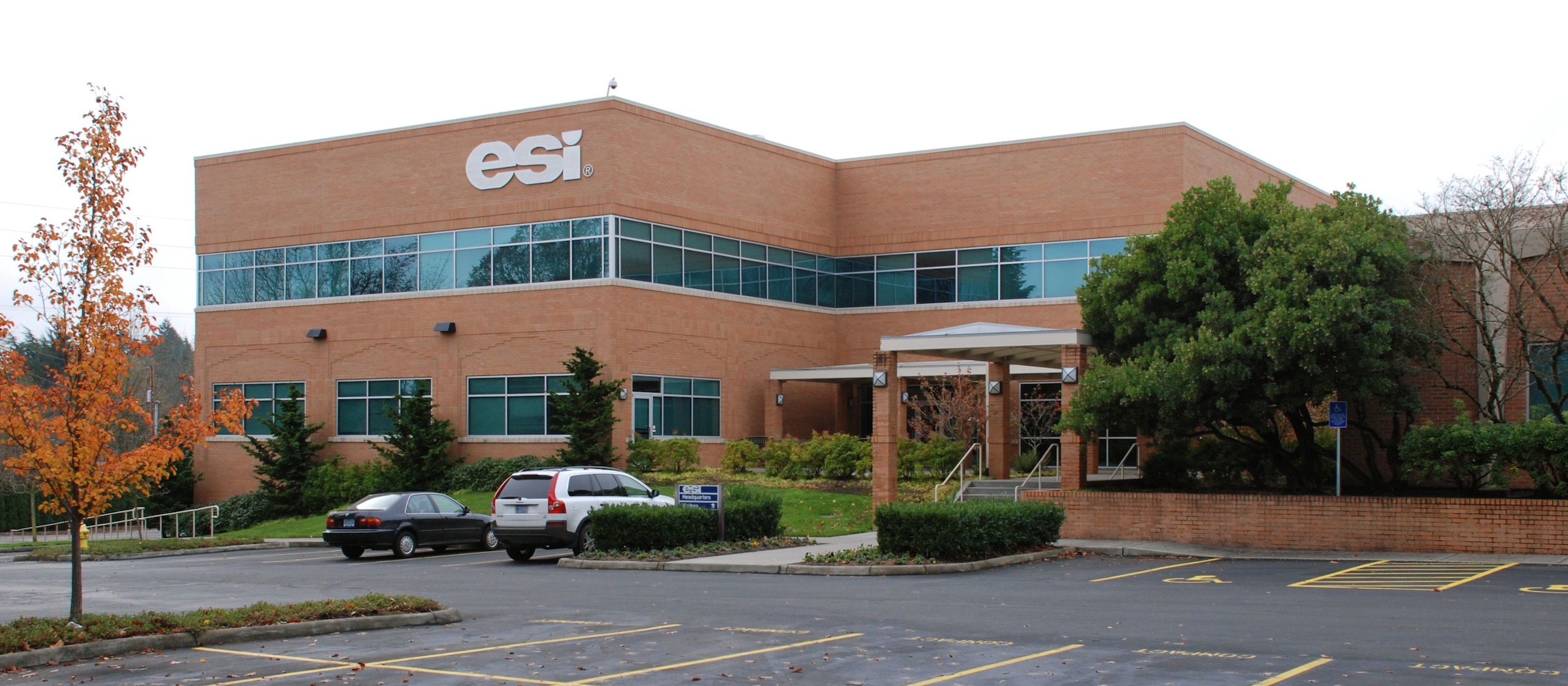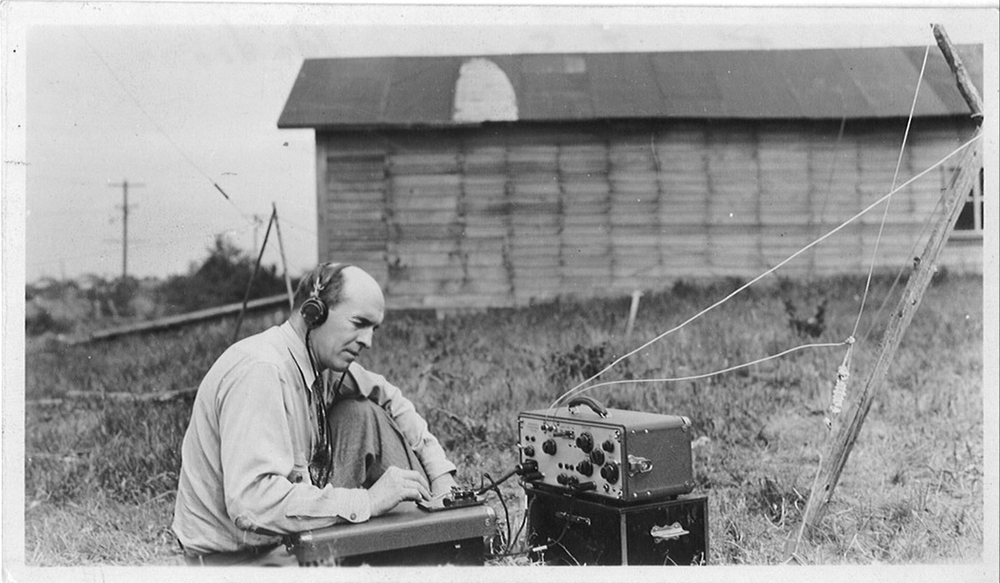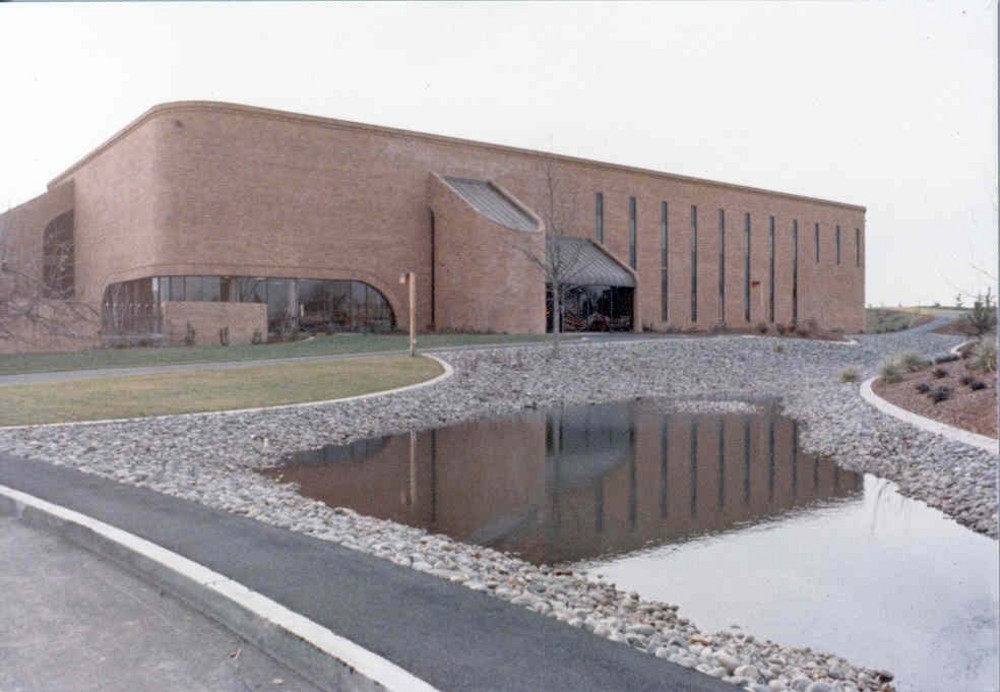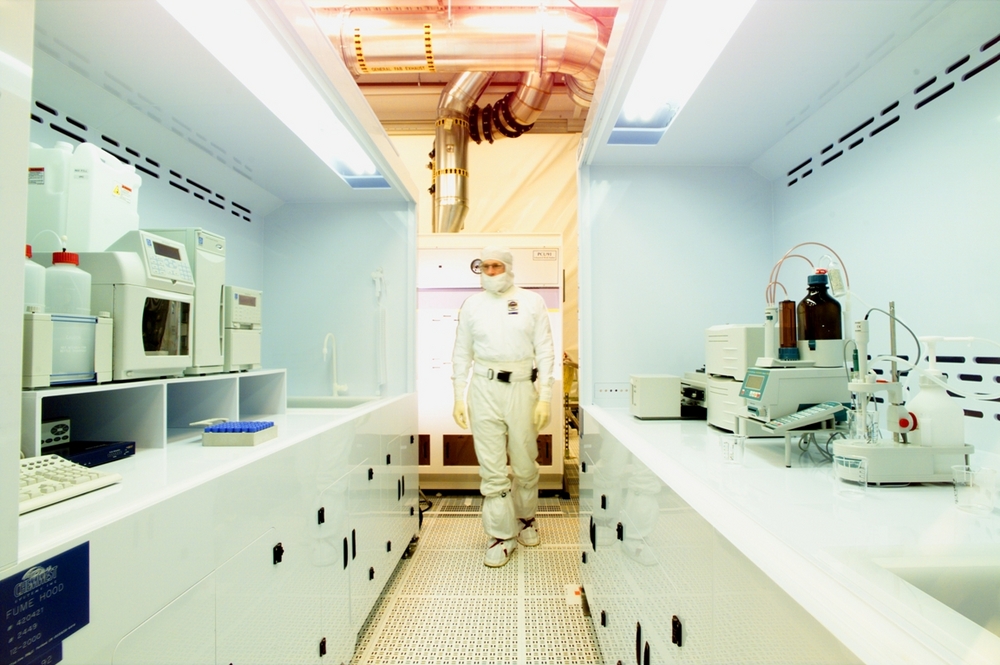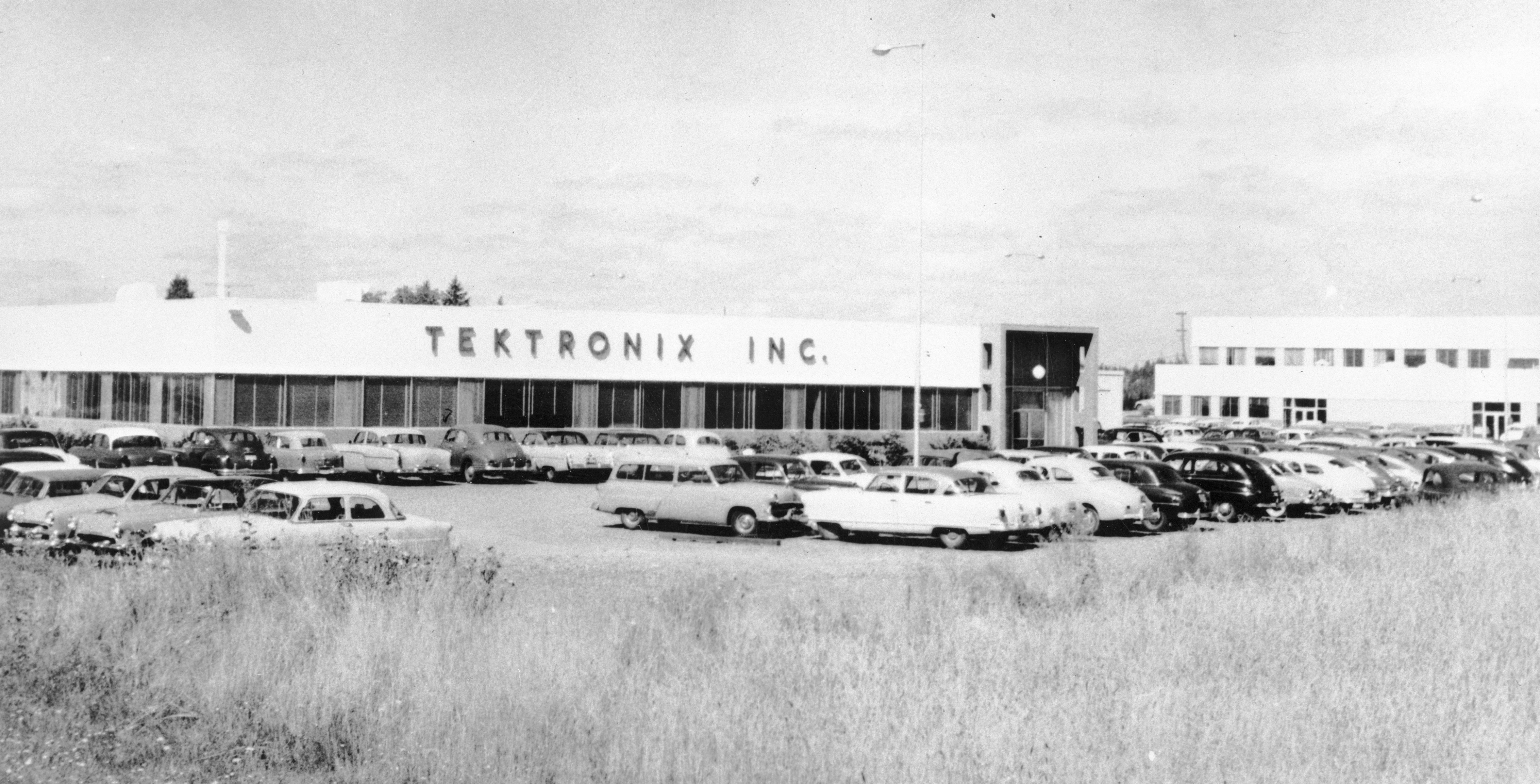Electro Scientific Industries (ESI) was one of the first two electronics manufacturing companies in what is now termed the Silicon Forest in Oregon’s Washington County. Originally, ESI designed and built precision impedance measuring instruments and related products. The instruments, or bridges, measure the electrical resistance of complex circuits and are used both in the development and calibration of electronic instruments. ESI bridges were highly accurate, portable, and competitively priced. In 1969, the company began to produce laser manufacturing systems for the semi-conductor industry, an area in which it is now a world leader.
ESI had its beginning in 1944 as Brown Engineering, which manufactured impedance bridges for General Radio (now GenRad), a Concord, Massachusetts, company. Douglas C. Strain, then a conscientious objector performing alternative service at the U.S. Forest Service Radio Lab, moonlighted at Brown Engineering when the owner, Frank Brown, needed help. After the war, he returned to the California Institute of Technology to complete his degree in electrical engineering.
Strain moved back to Portland in 1949 and purchased a quarter share in Brown’s company, which was then incorporated under the name Brown Electro-Measurement. The two engineers began to manufacture an improved impedance bridge of their own design, the BECO 250. A generous offer of marketing help from Hewlett Packard boosted their sales considerably. When Bill Hewlett saw the Brown impedance bridge at a trade show, he was so impressed with the work of the small company that he told his sales representatives to promote it. Hewlett Packard had a large distributor network with representatives throughout the United States as well as overseas, and a connection with the company provided Brown Electro-Measurement a marketing force that it could not otherwise afford.
In 1953, Doug Strain and his father purchased Brown Electro-Measurement, which they renamed Electro Measurements. Strain was president and CEO from 1953 to 1980 and was chair of the board until 1985 and vice-chair until his retirement in 1999. The company prospered under his leadership, moving from its location on Southeast Stark Street in Portland to a larger plant on Macadam Avenue in 1957. That building was destroyed by fire on July 19, 1957, but the company quickly resumed operations and moved back into the rebuilt Macadam plant in March 1958. In December 1959, the company was renamed Electro Scientific Industries. ESI announced plans in December 1959 to develop the Sunset Science Park in the Cedar Mill area of Washington County, where the first building was completed in 1963. By 1966, the company had completely vacated the Macadam Avenue plant.
During this period, ESI made several attempts to diversify its product line, designing and manufacturing an analog computer, an electrostatic electron microscope, and a defibrillator. None of these efforts was very successful, and the company sold the electron microscope operation to Varian and abandoned the other two products lines. Although the analog computer worked well, it was introduced at a time when companies were investing in more versatile digital computers, so few were sold. The defibrillator was discontinued due to product liability concerns.
In 1969, a team of creative engineers developed ESI’s first laser trimming system for the semiconductor industry. Lasers made it possible to machine precise components, such as resistors, on small silicon chips. Laser manufacturing systems soon became the company’s principal products, and ESI created a broad range of such systems, which are manufactured in facilities in the United States and Asia. The precision measurement instrument line became a minor part of the business and was sold to another company in 1994.
ESI was a privately held company until 1983, when it made its first public stock offering. The company was acquired by MKS Instruments, Inc., of Andover, Massachusetts, in 2019.
-
![]()
Portable impedance bridge, ESI, 1966.
Courtesy Internet Archive -
![]()
Douglas Strain.
Courtesy Oregon State University Libraries -
![]()
ESI headquarters, Cedar Mill.
Courtesy Steve Morgan
Related Entries
-
Forest Service Radio Lab
The Forest Service Radio Laboratory (FSRL)—located in Portland from 193…
-
![Intel]()
Intel
Intel Corporation, the world's leading manufacturer of semiconductors (…
-
Silicon Forest
The Silicon Forest is the name applied to the cluster of high-technolog…
-
![Tektronix Inc]()
Tektronix Inc
Tektronix, one of Oregon's most prominent and innovative high-technolog…
Related Historical Records
Map This on the Oregon History WayFinder
The Oregon History Wayfinder is an interactive map that identifies significant places, people, and events in Oregon history.
Further Reading
Lee, Marshall M. A Passion for Quality: The First Fifty-Five Years of Electro Scientific Industries 1944-1999. Portland, Ore.: Electro Scientific Industries, 1999.
Dodds, Gordon B., Craig E. Wollner, and Marshall M. Lee. The Silicon Forest, High Tech in the Portland Area 1945 to 1986. Portland, Ore.: Oregon Historical Society Press, 1990.

